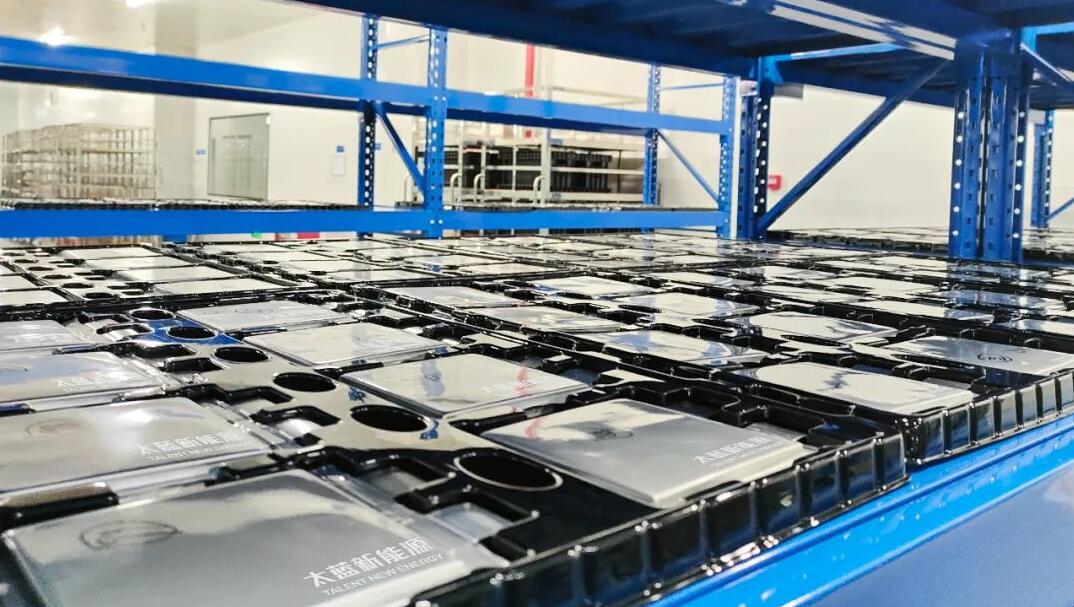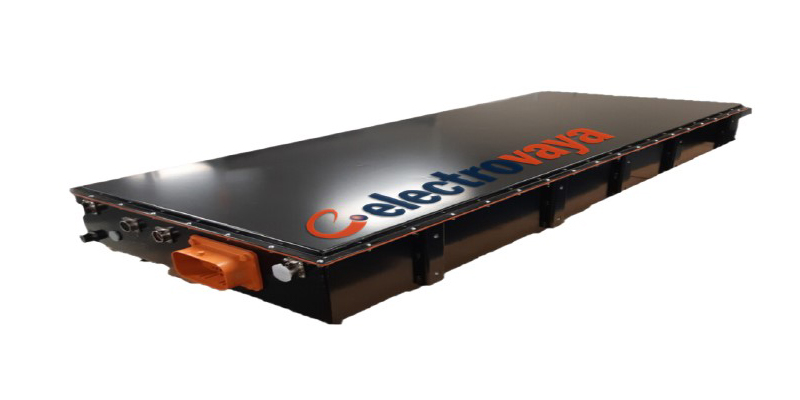The European Union (EU) is set to implement comprehensive battery market regulations following the approval by both the EU Parliament in mid-June and the EU member states. This milestone marks the conclusion of the legislative process, with the regulation expected to take effect in a few weeks.
To foster a circular economy and regulate all types of batteries, including electric vehicle batteries, throughout their lifecycle, the new rules aim to address the growing demand for batteries, projected to increase more than ten-fold by 2030, particularly due to the rapid development of electric mobility, as envisioned by the EU Council.
The EU Commission had initially proposed sustainability criteria for batteries in late 2020, which formed the basis for the content of the regulation. Notably, the agreement reached between the Parliament and Council exceeds the recycling quotas initially outlined by the Commission. The forthcoming regulation will replace the existing 2006 Battery Directive while complementing current legislation, particularly in waste management.
Key elements of the EU Battery Regulation include mandatory declaration and labeling requirements for battery components and recycled content, the introduction of an electronic “battery passport,” and the utilization of a QR code system. To ensure sufficient time for Member States and market participants to prepare, labeling rules will be applicable from 2026, while QR codes will be implemented from 2027.
Regarding recycling requirements, the approved decision sets minimum targets for material recovery from spent batteries. By 2027, the targets are 50 percent for lithium and 90 percent for cobalt, copper, lead, and nickel. These numbers increase to 80 percent for lithium and 95 percent for the other materials by 2031.
Furthermore, a certain proportion of these recovered substances will be mandated for use in new batteries. The minimum requirements will take effect approximately eight years after the regulation comes into force, with figures of 16 percent for cobalt, 85 percent for lead, and six percent each for lithium and nickel. Subsequently, by around 2036, these percentages will rise to 26 percent for cobalt, 12 percent for lithium, and 15 percent for nickel. The quota for lead will remain unchanged.
The regulation also imposes stricter due diligence obligations on battery players concerning environmental and social aspects. Market participants will be required to verify the origin of their raw materials and assess the working conditions in their supply chains. However, exemptions will be granted to small and medium-sized enterprises.
Teresa Ribera, the Spanish Minister for the Transition to a Green Economy, emphasized the significance of batteries in the decarbonization process and the EU’s transition to zero-emission transportation. She highlighted the importance of reusing critical raw materials from end-of-life batteries, reducing dependence on foreign supplies. Ribera expressed confidence that the new regulations would enhance the competitiveness of European industry, ensuring the sustainability of new batteries and contributing to the green transition.
As the EU prepares to implement these comprehensive battery market regulations, the focus on sustainability, circularity, and responsible practices is expected to drive positive change in the battery industry and foster the transition to a greener future.







